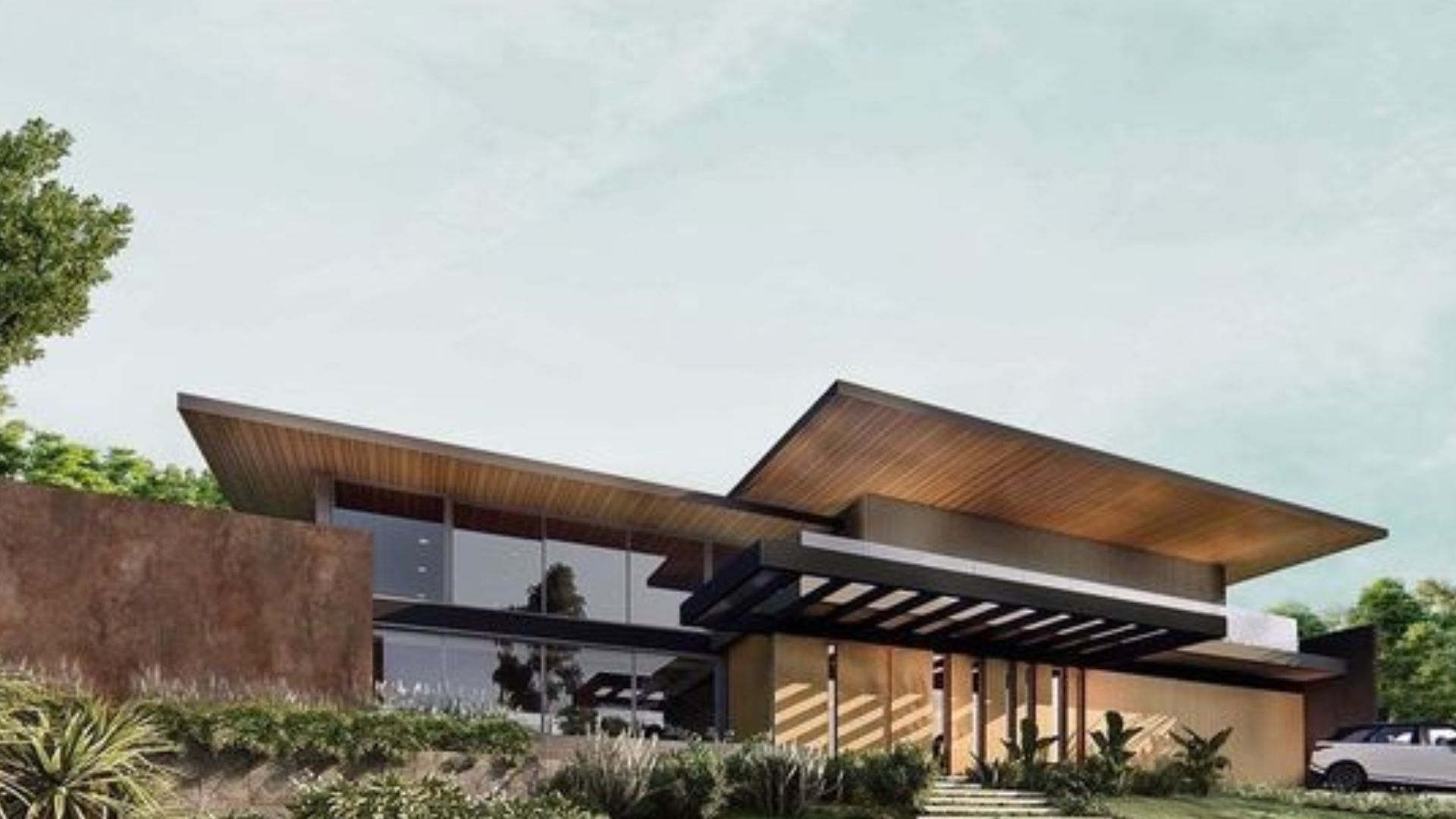Villas: Exploring Their Economic and Social Influence
Read latest blogs and articles from Housystan

The Information mentioned here was last updated on:
28/12/2025Villas hold a unique position in the real estate landscape, especially in rapidly developing regions. Their presence significantly shapes both economic growth and social dynamics within local communities. In bustling cities and serene landscapes alike, villas not only represent luxury living but also serve as catalysts for various economic activities. By attracting investors, tourists, and homeowners, villas directly contribute to the prosperity of neighborhoods and regions. In metropolitan areas and popular tourist destinations, the construction and maintenance of villas create numerous employment opportunities, from architecture and construction to property management and hospitality services.
Local economies benefit from the villa sector through increased demand for goods and services. High-end properties often require premium materials, landscaping, security, and specialized maintenance, leading to a surge in local business activity. Additionally, villas attract affluent residents and visitors, who spend in nearby shopping centers, restaurants, and entertainment venues. This spending cycle further stimulates regional economic development, supporting both small businesses and larger enterprises. In many cases, the presence of luxury villas raises property values in surrounding areas, improving the overall real estate market and encouraging further investment.
Socially, villas play a transformative role in shaping community identity. In cosmopolitan hubs and tranquil countryside locales, these residences often symbolize modern aspirations and elevated lifestyles. The influx of villa owners typically brings together diverse groups of people, fostering multicultural interactions and enhancing social cohesion. Furthermore, the improved infrastructure that often accompanies villa developments—such as better roads, enhanced utilities, and upgraded public services—benefits all residents within the vicinity, not just those living in the villas themselves.
- Verified Tenants/Buyers
- Unlimited Property Listing
- Zero subscription/charges fee
For regions aiming to attract global attention, villas can be a strategic asset. Their appeal to international buyers and tourists helps place local destinations on the global map, boosting tourism and foreign investment. In summary, villas are not simply luxurious dwellings; they are powerful engines of economic vitality and social progress, shaping the future of the regions they inhabit. Whether located in scenic coastal towns, vibrant urban centers, or emerging suburbs, villas continue to influence their surroundings in profound and lasting ways.